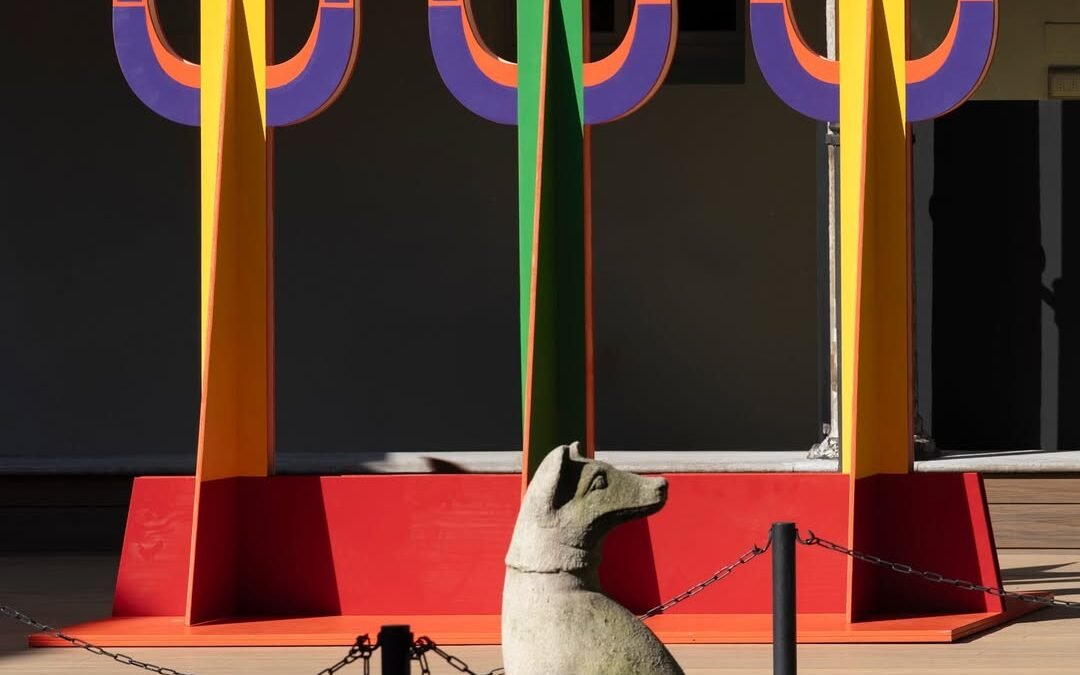A monumental steel rose dyed in emotion and poetry brought textile artist Mia Sylvia Herrod into the global spotlight, blurring the lines between sustainable art, fashion and installation.
Herrod’s collaboration with fashion brands Magda Butrym and H&M culminated in a large-scale floral installation unveiled at One Hanson. The artwork, produced by Bureau Betak and designed in part by Larry Walshe, became a viral sensation for its sculptural elegance and emotional depth.
A poetic gesture of renewal and transformation
Through her fabric-based practice, Mia Sylvia Herrod channels personal narratives and ecological awareness into fine art pieces that resonate across disciplines. The rose—sculpted by Julian Carter and dyed with natural pigments—embodied her philosophy of regenerative textile design, where discarded materials are reborn into meaningful works of art.
The installation’s symbolism—rooted in colour theory, floral language, and the stages of love—struck a chord with audiences and sparked conversations around emotion, memory, and craft.
Sustainability and beauty as one
A committed advocate for sustainable design, Herrod’s work is grounded in circular economy principles. She views textile waste not as trash but as raw potential. Her workshops in natural dyeing and weaving explore traditional methods while pushing boundaries of material experimentation.
Each of her fabric sculptures is an act of transformation, combining traditional techniques with a visionary approach to contemporary aesthetics. From dresses to table pieces, her designs bridge the gap between fashion and art, always carrying a tactile story of renewal.
Why Mia Sylvia Herrod matters now
As viral aesthetics meet urgent ecological discourse, Mia Sylvia Herrod’s work represents a shift in how textile art is perceived: not just as craft, but as cultural critique, personal archive, and regenerative act.
Her floral installation didn’t just go viral—it made visible a deeper conversation about the role of emotion, sustainability and slowness in art today.
Expanding the language of textile art
Mia Sylvia Herrod is part of a broader movement of artists redefining textile practices in contemporary art. From natural dyeing to soft sculpture, these creators explore materiality through emotion, memory and cultural critique. Another striking example is Gerónimo Araquistain, whose plush-based artworks blend pop aesthetics with conceptual rigor. You can read more about his practice in this article on Lemon Art Magazine, which explores the era of the plush and its cultural significance.
Textile, toys, and viral forms of emotion
The emotional impact and visual appeal of textile-based installations share ground with other viral artistic phenomena that blur boundaries between sculpture, design, and popular culture. A compelling example is the rise of Labubu, the art toy that captivated global audiences with its quirky charm and collectible mystique. To explore how this figure became a viral sensation, visit our in-depth feature on Labubu and the power of emotional design.





